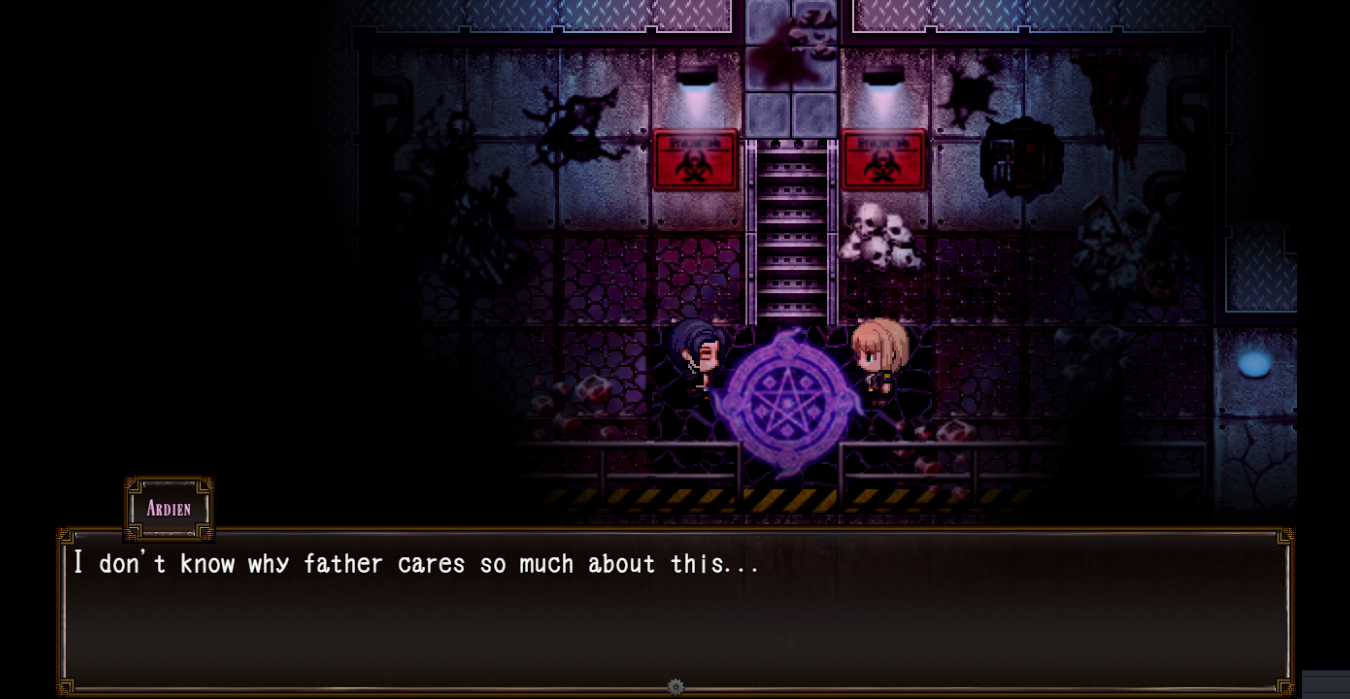Veyrra Mac OS
For those wondering if you can install macOS Sierra as a VM in Fusion, the answer is: Yes you can!

MacOS Sierra is available as a free upgrade right now, but many people got early access to it.
- Veyrra A downloadable game for Windows and macOS Download Now Name your own price The world seems about to go to war.
- MacOS Sierra is another solid update to Apple's desktop OS. While it can at times feel like the Mac gets the hand-me-downs from iOS - Siri, finally, and a limited version of Messages - the.
<rant> It does require a bit of a workaround however. VMware Fusion uses their own custom script to create a temporary VMDK which the VM boots off. They've been using this since Mavericks and quite frankly, it's time to drop their own custom nonsense as Apple has been providing 'createinstallmedia' for a few years now. </rant>
What you'll need:
- Latest greatest macOS Sierra installer (obviously)
- VMware Fusion 8.1.1 (only tested on this version)
- Bit of CLI skills
- Freshly created VM (I just created a custom vm with stock standard settings choosing OS X 10.11 as the type)
Part 1: Creating the installer disk image.
Fire up Disk Utility and create a blank sparse disk image or use 'hdiutil', whichever you like. Size: 6GB.
Mount it (or double-click in Finder to mount):
Veyrra Mac Os Update
Next use ‘createinstallmedia' from the macOS Installer:
Part 2: Make the vmdk
The newly created install media should still be mounted, if not just mount the macOS_installmedia.sparseimage again.
Before we start, you need the device id of the mounted sparse disk, so run ‘diskutil list’. Look for the volume “Install 10.12 Developer Preview” and note the device id for that disk, in my environment this was: ‘/dev/disk2’
Next we need to create a vmdk, for this we use ‘vmware-rawdiskCreator’. Specify the path so that the resulting vmdk is created inside your freshly created VM’s folder (just simplifies the next step).
What we have now, is a vmdk pointer that refers to our mounted sparsedisk (thus, don’t try and unmount the sparsedisk).
Part 3: Attach vmdk to your VM

Unfortunately you can’t attach an existing vmdk that happens to be a rawDisk, so we need to edit the vmx file for our VM.
Navigate to it, in my case that would be ~/Documents/Virtual Machines.localized/macOS.vmwarevm
Use your favourite editor, such as vi or nano, then add these lines (added mine right below the first set of sata0*** lines to macOS.vmx (or whatever you happen to call your VM):
Save the vmx file
Veyrra Mac Os Download
Part 4: Power On
Ignition, launch! All should be working at this point and your VM should be booting up just fine, unless either one of us messed up somewhere along the line.
Once the install has run through, you can power it off and remove the lines you added in the vmx file in Part 3.